Some landscaping ideas for a historic home include using native plants, incorporating stone pathways, creating outdoor seating areas, and adding garden features such as fountains or sculptures.
If you are lucky enough to own a historic home, you know that it comes with its own unique set of challenges when it comes to landscaping.
From finding the right plants and trees to complement the style of your home, to choosing materials that won’t damage the structure or environment, there are a lot of factors to consider.
Here are some tips and ideas for landscaping your historic home and making sure it looks beautiful for years to come.
Look Inside:
Adding a Picket Fence
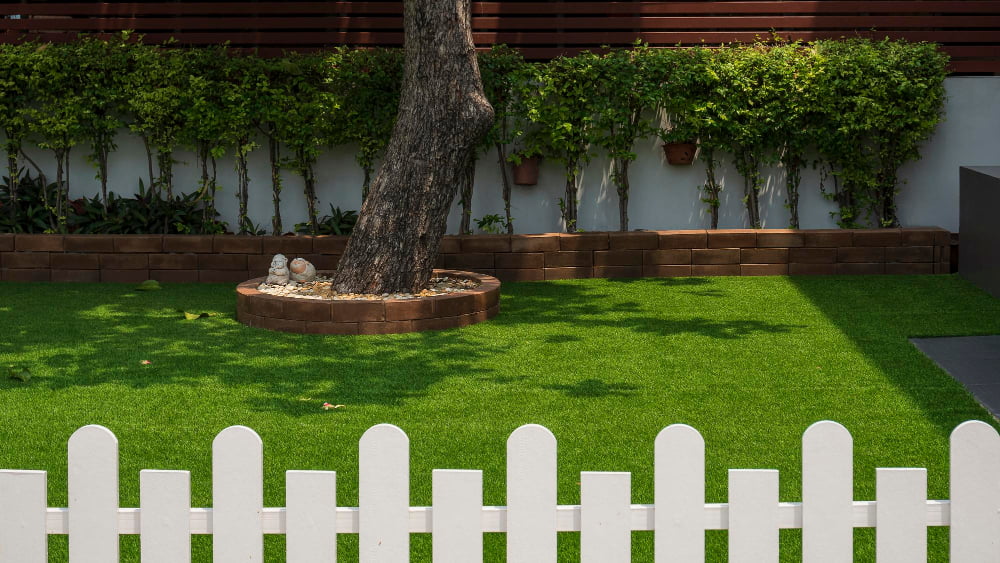
Picket fences are typically made of wood, but can also be made from vinyl or metal. They come in various heights and styles, so you can choose one that best suits the look of your home.
A picket fence will provide privacy while still allowing light into your yard, making it an attractive addition to any landscape design for a historic home. Picket fences are relatively easy to install and maintain over time, making them a great choice for homeowners looking for low-maintenance landscaping ideas.
Planting Native Shrubs and Trees
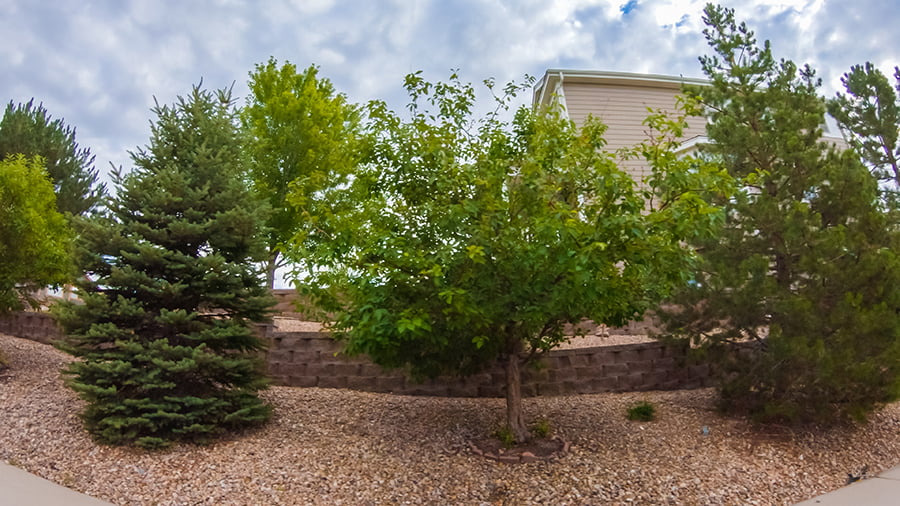
Native plants are those that naturally occur in the area, so they will be well-suited for the climate and soil conditions of the property. These plants can provide year-round interest with their changing foliage colors, fragrant blooms, and attractive berries or nuts.
They also require less maintenance than non-native species since they are adapted to local weather patterns. Native plants attract beneficial wildlife such as birds, butterflies, bees, and other pollinators which can help create a vibrant outdoor space.
When selecting native shrubs and trees for landscaping around a historic home it is important to consider size at maturity as well as any special requirements such as sun exposure or water needs.
Creating a Garden Path With Stepping Stones
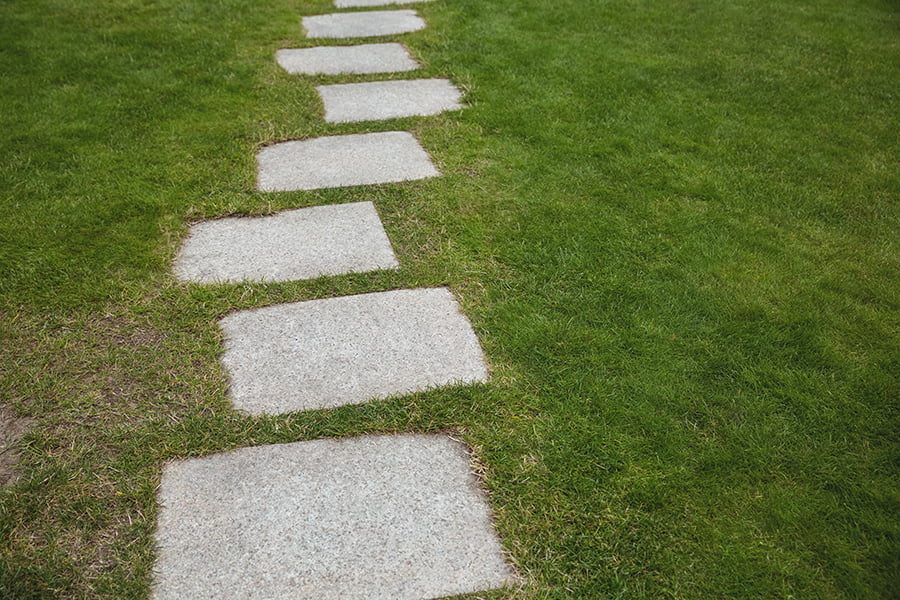
Stepping stones are an easy and affordable way to create a unique pathway through your garden or yard. They can be used in combination with other materials such as gravel, mulch, or grass for added texture and color.
When choosing the size of the stepping stones, it is important to consider how much space you have available in your landscape design. The larger the stone, the more impact it will have on your overall design.
When laying out the stepping stones, make sure that they are spaced evenly apart so that there is enough room for people to walk comfortably without tripping over them. Adding plants around each stone can help bring life and color into your garden path while also providing additional visual interest.
Installing Outdoor Lighting Fixtures
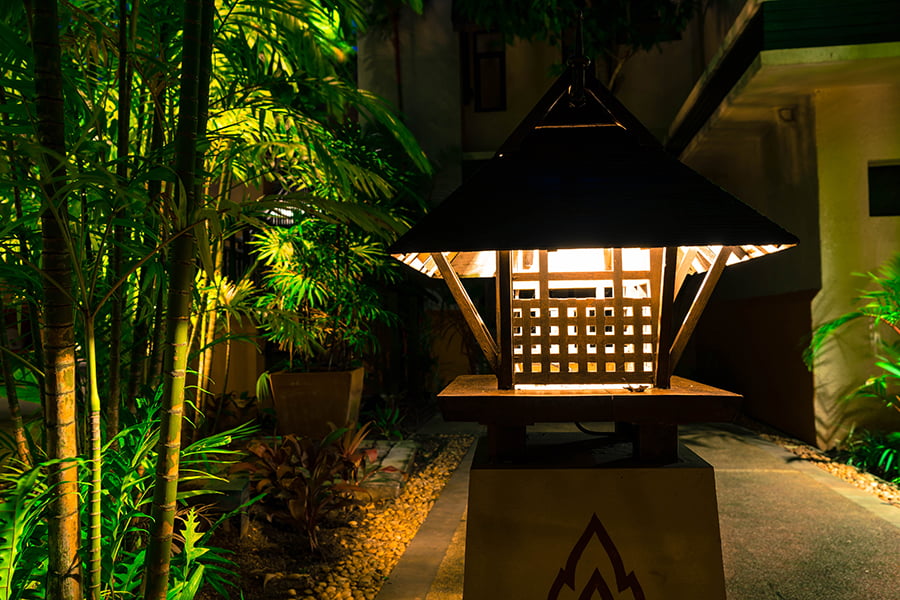
Outdoor lighting can help to highlight the unique features of a historic home, while also providing safety and security. When selecting outdoor lighting fixtures for a historic home, it is important to choose ones that are in keeping with the style and period of the house.
For example, if the house was built in the Victorian era, then choosing light fixtures with ornate detailing or intricate scrollwork would be appropriate. When installing outdoor lights around a historic home it is important to consider how much light will be needed and where it should be placed for maximum effect.
Placing lights along pathways or near steps can provide both illumination and safety at night time. Using energy-efficient LED bulbs can help reduce electricity costs while still providing adequate illumination for your landscape design project.
Adding a Water Feature Such As a Fountain or Pond

A fountain or pond can provide a focal point for the garden, while also providing sound and movement that will bring life to the outdoor space. Fountains come in many different styles, from traditional tiered designs to more modern geometric shapes.
Ponds are also available in various sizes and depths, allowing homeowners to choose one that best fits their needs. Both fountains and ponds require some maintenance, but they are relatively low-maintenance compared with other landscaping features.
Adding aquatic plants around the edges of either feature will help create an attractive natural look that is sure to enhance any historic home’s landscape design.
Incorporating Stone Walls or Terraces for Seating Areas
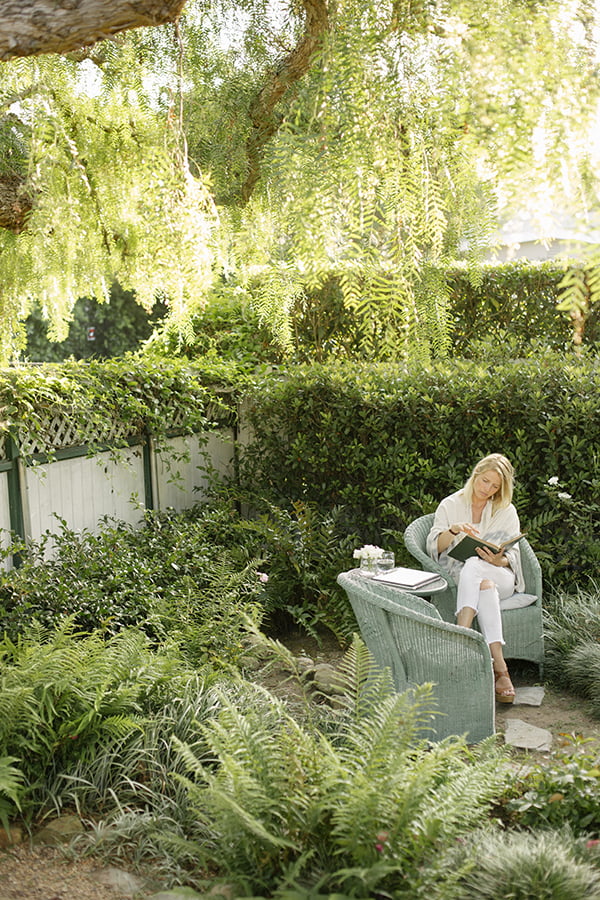
Stone walls are typically made from natural materials such as granite, limestone, or sandstone and can be used to create raised beds for plants, define pathways, or provide additional seating. Terraces are also a great option for adding seating areas in the landscape of a historic home.
These structures are usually built with brick or stone and can be designed to fit any size yard. They provide an elevated area that is perfect for entertaining guests or simply enjoying the outdoors.
Both stone walls and terraces offer unique design elements that will help bring out the beauty of your historic home’s landscape while providing comfortable seating options for you and your guests.
Using Vintage-style Furniture and Accessories in the Yard
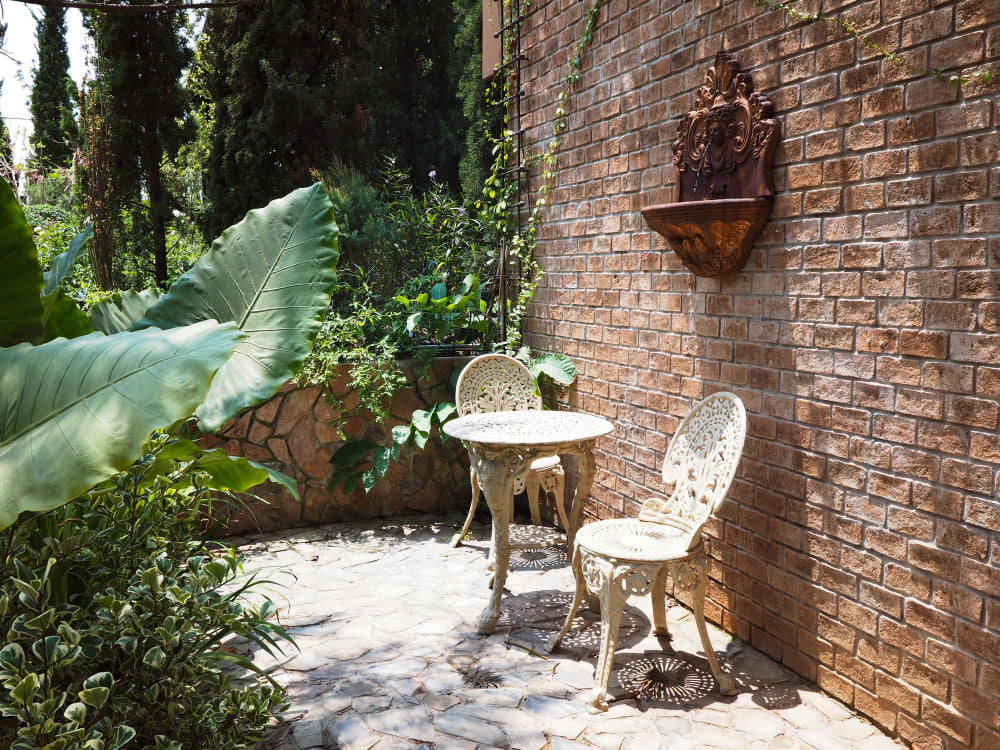
Vintage pieces can be used to create an inviting outdoor space that reflects the style of the home’s era. For example, antique wrought iron chairs or benches can be placed around a fire pit or garden area for seating, while vintage planters and birdbaths can be used as decorative elements.
Old-fashioned lanterns or string lights can provide ambient lighting for evening gatherings. With these pieces, you can create an atmosphere that celebrates the history of your home while also providing modern comfort and convenience.
Adding an Arbor or Pergola to Create a Shade
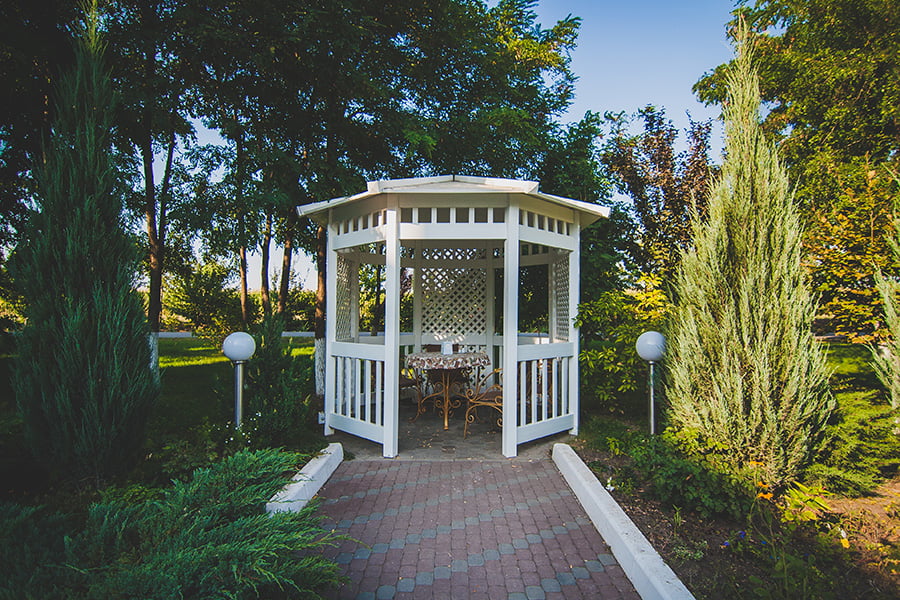
An arbor is typically made of wood and has an archway with lattice sides, while a pergola is usually made of stone or brick columns that support cross beams. Both provide the perfect amount of shade for outdoor seating areas, patios, decks, gardens, and walkways.
They can also be used as decorative elements in the landscape design by adding climbing plants such as ivy or roses to create a beautiful living wall. They can be used to frame views from windows or doors in the house for added curb appeal.